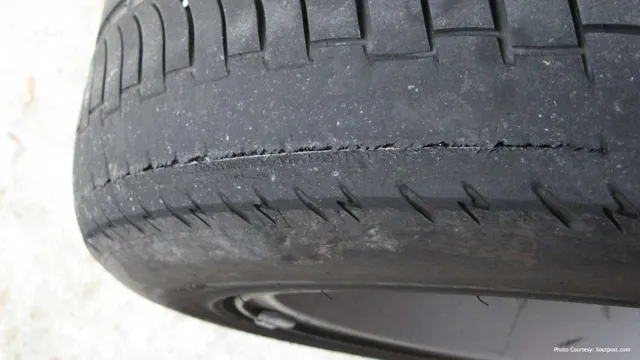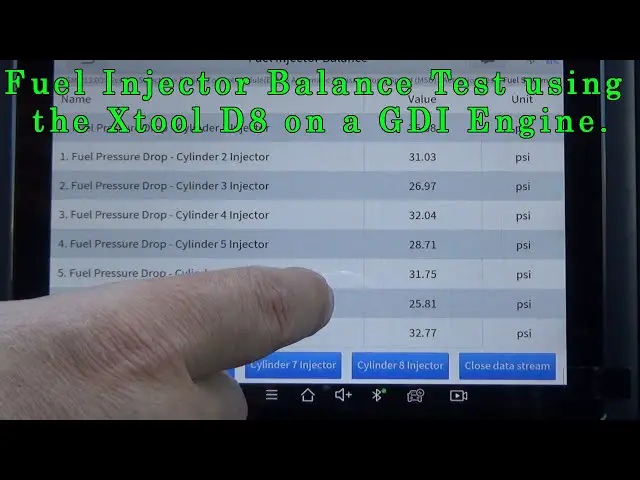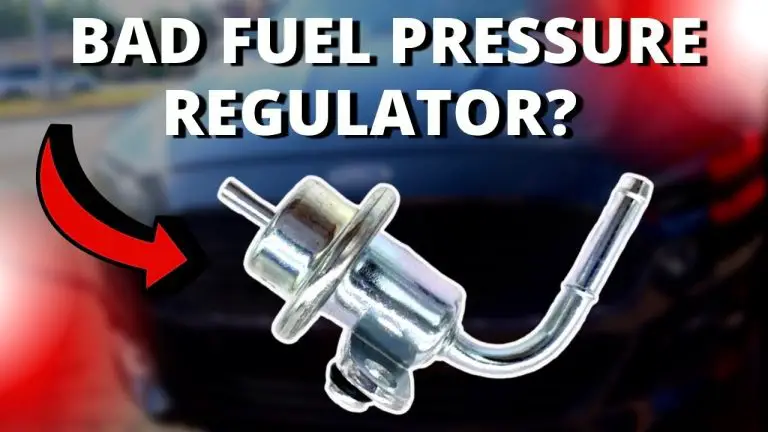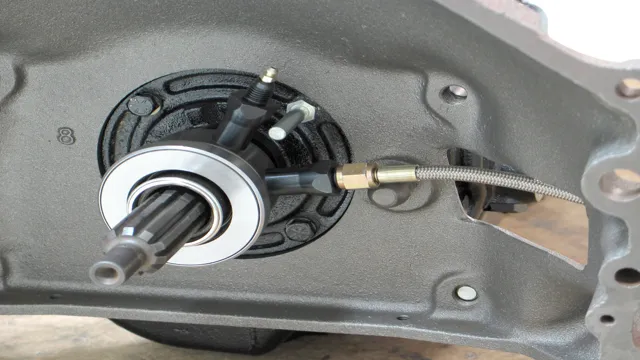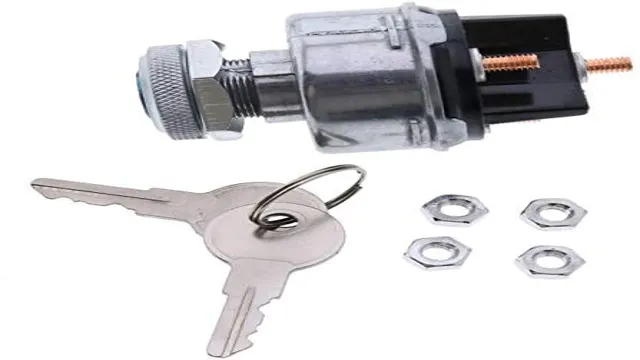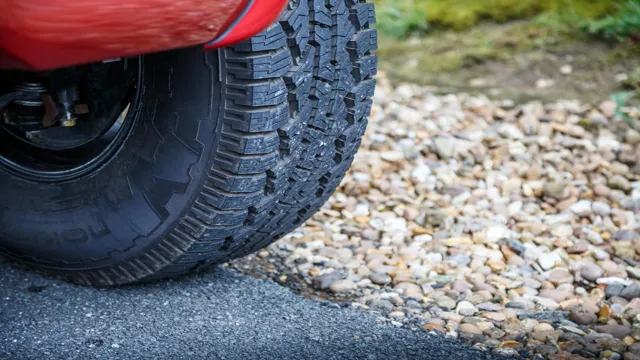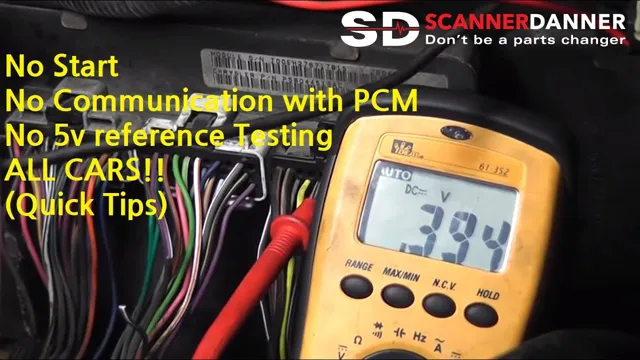Tame the Shake: The Ultimate Guide to Fixing the Chevy Shake for A Smooth Ride
If you’re a Chevrolet owner, you may have experienced the dreaded Chevy Shake. This shaking or vibration can be felt throughout the entire vehicle and can be caused by various factors such as tire balance, suspension issues, or driveshaft problems. It’s not only annoying but can also be dangerous if left unchecked.
So, what can you do to fix this issue? Fear not, as we’ve got you covered with this comprehensive guide on how to fix Chevy Shake. We’ll dig deep into the possible causes of the problem and give you step-by-step instructions on how to solve them. We understand that not everyone is a car expert, so we’ll keep it simple and easy to understand while providing the necessary technical information.
By the end of this article, you’ll know all the essential details on how to diagnose and fix the Chevy Shake issue. So, sit back, relax and let’s get started on this journey to a smoother ride.
Understanding the Chevy Shake
If you’re experiencing the dreaded “Chevy Shake,” you’re not alone. This issue has plagued Chevrolet vehicles for years, causing a vibrating sensation that can be felt throughout the cabin. But what causes the Chevy Shake in the first place? Although the exact cause may vary, it’s generally attributed to a combination of worn out parts, improper balancing, and tire issues.
The good news is that there are several steps you can take to fix the Chevy Shake once and for all. Start by getting your tires balanced and aligned, and consider replacing any worn out parts in the suspension system. It’s also important to inspect your tires regularly and make sure they’re properly inflated.
With the right maintenance, you can say goodbye to the Chevy Shake and enjoy a smooth, comfortable ride once again.
Symptoms and Causes of Chevy Shake
If you’re a Chevy owner, you may have heard of the infamous “Chevy Shake.” This vibration issue can occur in various models, including the Silverado, Tahoe, and Suburban. The symptoms of the Chevy Shake include a shaking or vibrating sensation while driving at high speeds, particularly on the highway.
The cause of this issue is still somewhat unknown, but it’s believed to be related to the suspension or drivetrain, often exacerbated by after-market modifications or accessories. If you’re experiencing the Chevy Shake, it’s crucial to have it checked out by a trusted mechanic as soon as possible to ensure your safety and prevent any further damage to your vehicle.

Diagnostic Tools to Identify Chevy Shake
The Chevy Shake is a frustrating problem that many Chevy owners experience. It’s a vibration that occurs during driving, particularly at higher speeds, and it can be difficult to pinpoint the source. However, there are several diagnostic tools that mechanics can use to identify the underlying issue.
One of the most common tools is a vibration analyzer, which measures the frequency and intensity of the vibration and can help determine whether it’s coming from the engine, transmission, or other components. Another useful tool is a chassis dynamometer, which simulates driving conditions and can help identify issues with suspension and steering components. Mechanics may also perform a visual inspection of the vehicle, looking for worn or damaged parts that could be causing the problem.
While the Chevy Shake can be frustrating to deal with, with the right diagnostic tools and a skilled mechanic, the issue can be resolved.
Fixing Chevy Shake: DIY Solutions
If you’re experiencing the frustrating and annoying phenomenon known as the “Chevy Shake,” you’ll be pleased to know that there are several DIY solutions available that can fix the problem. The Chevy Shake is characterized by vibrations that are felt throughout the vehicle, particularly at high speeds, and can be caused by a number of factors, including worn or damaged suspension components, unbalanced wheels, or faulty drivetrain parts. To fix the issue, you can start by having your tires rotated and balanced, checking the suspension system for issues, and inspecting the drivetrain components for damage.
Additionally, you may want to try installing a vibration-dampening device or adding weight to the wheels to eliminate any imbalance that may be causing the issue. By taking these steps, you can effectively address the Chevy Shake and restore your vehicle’s smooth handling and performance.
Replacing Suspension Components
Are you constantly experiencing a shaking sensation in your Chevy? Don’t worry, it’s a common problem known as the Chevy Shake, and there are DIY solutions to fix it. One of the main causes of the Chevy Shake is worn-out suspension components. Therefore, replacing them can significantly reduce the shaking.
To begin, check the shock absorbers, as they are a critical part of the suspension system. If they’re damaged or worn, you’ll need to replace them. Next, assess the bushings, tie rods, and ball joints.
These components can wear out over time, causing the shaking sensation you’re experiencing. Replacing suspension components may seem daunting, but it’s a relatively straightforward process. Just be sure to purchase the appropriate parts for your Chevy model and take precautions, such as using proper safety equipment and following instructions carefully.
With patience and proper care, you can fix your Chevy Shake and restore your vehicle’s smooth ride.
Balancing Tires and Wheels
If you’re a Chevy owner, you might have experienced “Chevy Shake” at some point. The problem is characterized by a vibration in the steering wheel, which can be frustrating and even uncomfortable. The good news is that it can be fixed by balancing your tires and wheels.
This process involves adding weights to the wheels to ensure that they are evenly distributed, which can help eliminate the vibration. The first step is to identify which wheel is causing the problem. This can be done by taking a test drive and noting when the vibration occurs.
Once you’ve identified the problem wheel, you can take it to a tire shop or try balancing it yourself. While it may seem daunting, DIY balancing kits are readily available and can be used with a little bit of patience and effort. Balancing your tires and wheels can be a simple yet effective solution to Chevy Shake, giving you a smoother and more pleasant driving experience.
Aligning Front End
The Chevy Shake is a frustrating problem that many owners have experienced. This issue is often caused by misaligned front-end components, such as the suspension or steering. Luckily, there are some DIY solutions that can help fix the problem.
One option is to check the alignment of the tires and wheels. If there is any uneven wear or the tires are not properly balanced, this could be contributing to the problem. Another solution is to inspect the suspension components for any damage or wear and replace them if necessary.
Additionally, upgrading to high-quality suspension parts can provide better stability and reduce the likelihood of future problems. By taking these steps, you can potentially resolve the Chevy Shake and enjoy a smoother, more reliable ride in your vehicle.
Professional Fixes for Chevy Shake
If you own a Chevy vehicle and are dealing with the infamous “Chevy Shake,” you’re not alone. This issue causes the car to vibrate excessively while driving at high speeds, and it can be frustrating and uncomfortable. Fortunately, there are several professional fixes that can help eliminate the problem.
Firstly, consider getting a professional wheel alignment, as misaligned wheels can cause vibration. Secondly, check for worn-out suspension components, such as ball joints or tie rod ends. Replacing these parts can also help eliminate the shake.
Finally, if the issue is related to the driveline, a technician can inspect and repair any worn-out or damaged parts that may be causing the vibration. Don’t let “Chevy Shake” ruin your driving experience – schedule an appointment with a professional mechanic today to fix the issue for good!
Dealership Services for Suspension Problems
Chevy Shake If you’re experiencing a Chevy Shake, it may be time to take your vehicle into a dealership for a professional fix. Suspension problems can cause a considerable amount of discomfort while driving and can also lead to more severe issues if ignored. Fortunately, dealerships offer services specifically designed to address the Chevy Shake.
The trained technicians at the dealership will meticulously examine your vehicle’s suspension system to determine the source of the problem. Once the issue has been identified, the technicians will use their expertise and specialized tools to fix the problem and get you back on the road as quickly as possible. Don’t let the unpleasant sensations caused by the Chevy Shake affect your driving experience and potentially damage your vehicle.
Contact your local dealership today to schedule an appointment and ensure the longevity and safety of your Chevy.
Mechanic Repairs for Wheel and Tire Issues
If you’ve ever experienced the Chevy shake, you know it’s no laughing matter. This issue refers to a vibration felt throughout the vehicle at varying speeds, making your ride uncomfortable and even dangerous. The root cause of the Chevy shake is often attributed to problems with the wheels and tires.
Fortunately, a professional mechanic can assess the issue and provide the necessary repairs to get you back on the road safely. Some common fixes for the Chevy shake include balancing the wheels, replacing worn tires, and checking for any damage to the suspension or steering components. While it may be tempting to attempt these repairs yourself, it’s essential to seek out the expertise of a professional to ensure the job is done correctly.
By leaving it to the experts, you can enjoy a smoother, safer ride with your Chevy.
Preventing Chevy Shake in the Future
If you want to prevent the Chevy Shake in the future, there are a few things you can do. First and foremost, make sure that you’re getting regular maintenance on your vehicle. This includes everything from routine oil changes to checking and replacing any damaged parts.
Second, make sure that you’re using high-quality parts and equipment when making any repairs or replacements. This can help ensure that everything is working properly and that the Chevy Shake won’t become an issue again in the future. Lastly, you may want to invest in some suspension upgrades or modifications if you frequently drive on rough or bumpy roads.
These upgrades can help absorb shock and prevent any potential damage or wear and tear on your vehicle. By taking these steps, you can help ensure that your vehicle runs smoothly and avoid the Chevy Shake altogether.
Conclusion
In conclusion, fixing the infamous Chevy shake is all about getting to the root of the problem. To truly solve the issue, you need to be willing to roll up your sleeves and do a little detective work. From balancing your tires and checking for worn suspension components to ensuring your driveshaft is in top-notch condition, there are a variety of potential culprits that could be causing your Chevy to shimmy and shake.
So, remember to think outside the box and be persistent – after all, a smooth ride is worth the effort!”
FAQs
What is Chevy Shake and how does it occur?
Chevy Shake is a term used to describe the steering wheel vibration that occurs in some model year Chevy vehicles. It usually happens when driving at highway speeds and is caused by an imbalance in the wheels or tires.
How can I fix Chevy Shake?
There are a few different methods for fixing Chevy Shake, depending on the cause. These include balancing the wheels and tires, checking and replacing any worn suspension components, and having a professional alignment done.
How much does it cost to fix Chevy Shake?
The cost to fix Chevy Shake can vary depending on the cause and the specific repairs required. Typically, you can expect to spend anywhere from a couple hundred dollars to over a thousand dollars to properly diagnose and fix the issue.
Can Chevy Shake cause damage to my vehicle?
While Chevy Shake itself may not necessarily cause damage to your vehicle, it can be a sign of other issues that could lead to further damage if left untreated. It’s important to address the issue as soon as possible to prevent additional wear and tear on your car.

